NIBE contributes to the necessary global transition to more sustainable energy solutions
Here are some examples
We are reducing customers’ CO2 emissions
A reduction in emissions of greenhouse gases is essential if the ambitions of the Paris Agreement and the Group’s sustainability strategies are to be met.
One of the most important things we can do to realise this ambition is to reduce our customers’ emissions.
Development of solutions that reduce carbon footprints is therefore the number one priority in our sustainability strategy. Our focus is on bringing innovative and competitive solutions to market in areas where we can make the biggest impact. Our heat pump sales volume in the European market cuts CO2 emissions for both our customers and society and this is something we are proud of.
360,000 tonnes of carbon dioxide
Based on the cut in emissions from the type of heating systems our heat pumps replaced in the respective markets in 2021 alone, the reduction was 360,000 tonnes of CO2 this year. This is approximately the same amount as the total emissions from all buses, mopeds and motorbikes in the whole of Sweden, or 155,000 return flights to Thailand*. Thanks to the positive transition in the electricity sector in Europe, emissions of carbon dioxide from the electricity used by our heat pumps are rapidly falling every year. This means the environmental benefit is growing all the time. Reduced emissions of greenhouse gases is one of the most important drivers in our work to combat climate change, and heat pumps are therefore an important and good solution in efforts to achieve the UN Global Goals.

Our calculation is based on national market conditions in each country in Europe. We take into account all types of heating systems that our heat pumps replace and we base our calculations on the energy efficiency of the different types and the specific power generation in each country. In total, national assessments of 39 different parameters for 29 different countries are included.
*This publication was used for calculating travel:
NIBE’s heat pumps are part of the solution for a greener Netherlands
Large-scale climate-neutral energy systems
A step has already been taken
In the Netherlands, the government has decided that the country must be fossil-free by 2050. This means that the current dominant source of energy for domestic heating, natural gas, must be eliminated. This covers all buildings, including more than six million homes. This is a radical decision and means that a whole new type of fossil-free infrastructure must be created in society and new fossil-free systems introduced. To put it simply, gas boilers will have to be replaced in existing buildings. A strong alternative option is heat pump based solutions.
Unlike in the case of an individual heat pump in a single-family home with its own borehole or fan for capturing local renewable energy, the solutions required for a shared network are more complex. This will involve heat pump technology stepping into urban areas and cities, opening up the prospect of volume on a completely different scale for heat pumps.
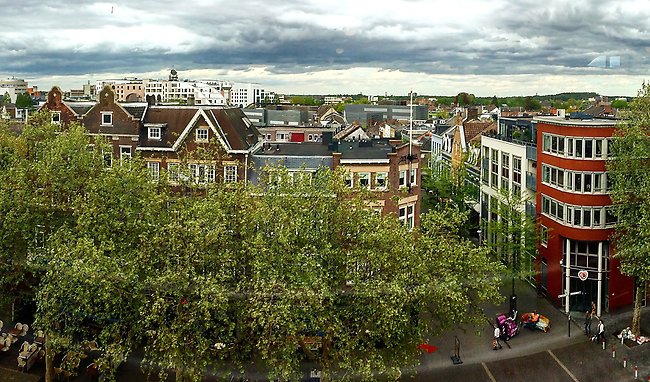
The city of Heerlen
The city of Heerlen in the east of the Netherlands offers an example of how this could be solved. Here, construction is underway of a large-scale climate-neutral solution for indoor climate comfort. The project is being run by the jointly owned company Mijnwater BV and involves the transition of an entire city from a fossil-based system (natural gas) to a fossil-free system, where are all the various buildings in the city are linked together via a low temperature heating system.
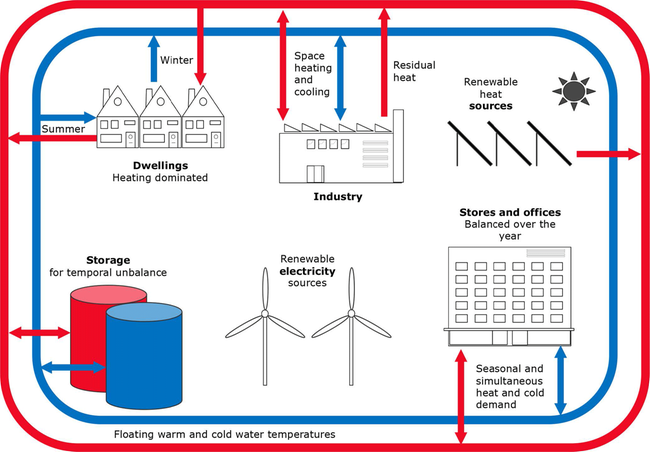
Meeting the demand for energy savings
The principle is based on connecting all buildings to a pipeline system with two pipelines for the water to circulate – one with warm water (up to 30 degrees Celsius) and one with cold water.
When heating is needed, heat is recovered from the warmer water via a heat pump in the building. The district heating network does not need to maintain the same high temperatures as current networks, while the relatively warm water (compared with boreholes) means that the heat pumps can operate at a lower power level. If the property requires cooling, the reverse happens, which means the water in the cold water pipeline provides cooling and surplus heat is returned to the warm water pipeline and stored in buffer reservoirs. In Heerlen, the water is stored in disused coal mine corridors which are filled with water, but other types of reservoirs can be used.
By connecting all the buildings in the city, the different thermal comfort needs can be met and balanced. Surplus heat from local industry, data centres, hypermarkets, waste water, etc. is recovered and stored while buildings which require heating, including homes, schools and offices, extract and recover the heat using heat pumps in the buildings, that is, close to the point of demand to not risk heat losses. At the same time, hot water is generated in each apartment in apartment blocks through the use of individual heat pumps, so-called boosters.
Heat pumps contribute to renewable
energy production
The heat pumps sold by the NIBE Group in 2019 produced more than twice the amount of renewable energy produced by means of solar energy in Sweden in the same period.
The heat pumps installed in Europe in 2019 by companies in the NIBE Group have made a very significant contribution to the production of renewable energy. Heat pumps take heat from the sun by recovering energy stored in the ground, air and water. This helps promote the transition from fossil fuel to renewable energy production, which is required to safeguard the future energy supply.
We have estimated that all the NIBE Group heat pumps sold and installed in 2019 correspond to generation of 1.35 TWh of renewable energy.
To give an idea of the magnitude of this amount of renewable energy, it can be compared to all the electricity produced by PV panels in the same year. According to Statistics Sweden (SCB), this figure is 0.663 TWh for the production year 2019, that is, less than half the amount the heat pumps sold by the NIBE Group are estimated to have produced in 2019.
%20nibe-vs-solarpanels-2021.jpg)
Secure electric power in the cold
NIBE Group supplies heating technology and related control boards to the automotive industry.
The cold is a challenge
The electric vehicle trend is facing fresh challenges. One of them is the cold, which can cause batteries to lose capacity or stop working and thus limit the vehicle’s range.
Intelligent electronic control
At the request of Scania, which has developed a new electric bus, Backer has produced a solution that heats battery packs with integrated circuit boards that are easy to install in the vehicle assembly. Intelligent electronic control keeps the battery pack at the correct temperature, and the bus passengers arrive at their destination not only sustainably but safely.
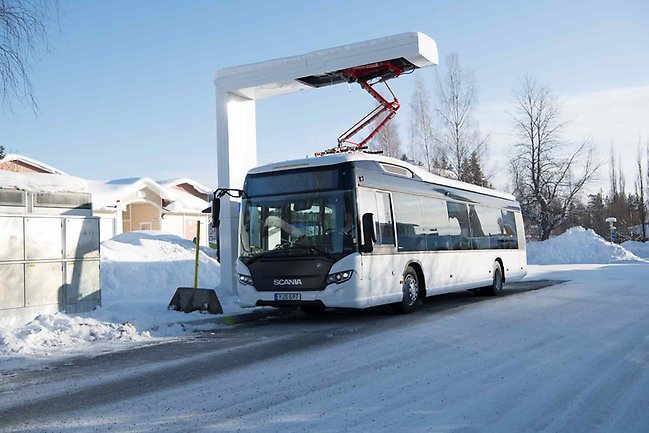
A stove provides peace of mind in a power cut
A wood-burning stove is not only cosy but offers a great sense of security in crisis situations.
Staying warm
If your electricity is cut off during the cold season, your home will quickly chill down. Most important is to have water, food and heat and to be able to receive information from the authorities and media. Households that have wood-burning stoves can keep the house warm and comfortable.
The alternative
Gather everyone in a room, hang blankets over the windows, cover the floor with rugs and build a tent over a table to keep in the heat. Consider fire hazards. Turn off all the lights and alternative heat sources before you go to sleep. Let fresh air in regularly to get oxygen.
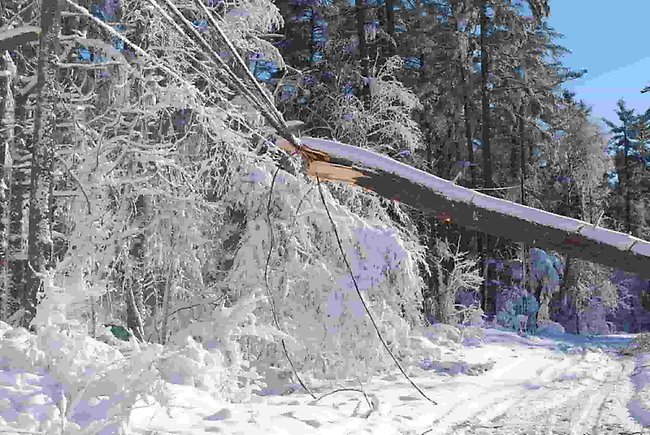
Intelligent heating and control
Increasing digitalisation is the driver behind the semiconductor industry, which has seen a strong and growing rise in demand, further boosted by Covid-19, resulting in increased willingness to invest in electronic solutions in the home as remote working becomes more common all over the world.
NIBE is one of the leading manufacturers of systems for intelligent heating and control for the semiconductor industry. NIBE’s subsidiary Therm-X works with customers in the semiconductor industry who use radiofrequency power in the production of plate semiconductors (wafers). The manufacturing process is subject to extremely stringent uniformity and quality requirements and therefore strict requirements in respect of control. A multi-point monitoring system for temperature, pressure and vibration which uses fibreoptic technology supplied by Therm-X helps guarantee control.
The challenge is to be able to perform multi-point monitoring using equipment that is impervious to radiofrequency energy. Therm-X fibreoptic sensors for measurement use light via fibre directed towards a wafer, where the wavelength of the reflected light provides readings. The sensors can measure up to 50 points both inside and outside the process chamber to help the customer better understand and control their process.
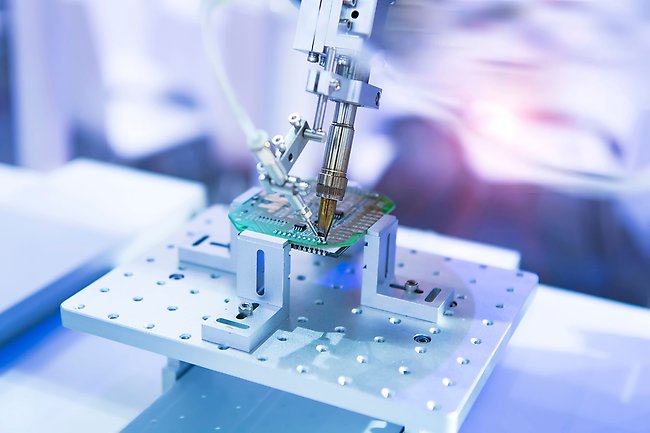
Heating systems and resistors for electric vehicles
Work on developing systems for electrification of cars and commercial vehicles is currently in full swing. NIBE Element has developed several technologies and products that are central to a transition to electric operation. This applies both to resistors used for vehicle braking and heating systems used for heating batteries and for cabin heating.
In some cases we are responsible for complete systems, comprising element, mechanics, electronics and software. In these cases the customer is usually the vehicle manufacturer. In other cases we supply elements or resistors as components to another system supplier. These business development projects have a timeframe of several years and will offer substantial opportunities for growth.
Backer High Voltage Coolant Heater
Backer AB develops and manufactures battery and cabin heaters for world-leading vehicle manufacturers for use in electric vehicles. The heater supplies 10kW and runs on power of up to 1000V DC and is equipped with integrated electronic control and dedicated CAN/LIN software, for communication with the vehicle. Among other things, the heater safeguards the operating temperature of the vehicle battery pack, which is required for optimal service life, range and function.
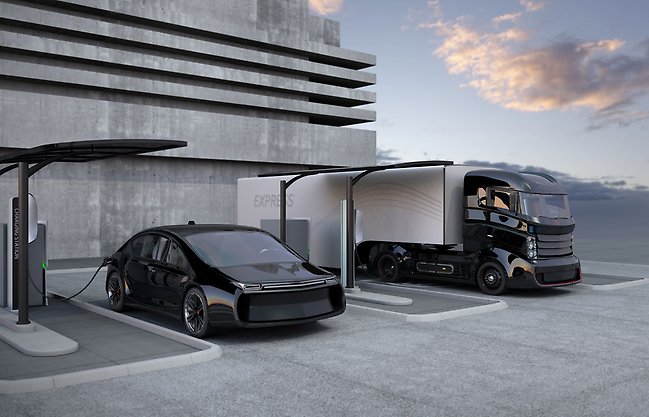
Turbine blades need to retain heat
Wind turbine blades need to be able to stay warm during repair and maintenance
To ensure correct overhaul and maintenance of wind turbines and their blades and to reduce maintenance stoppage times, we have found a solution that permits the blades to remain warm during the repair period.
Central intelligent control
The concept is based on a central intelligent control that is combined with heating jackets. The unit controls the temperature via sensors in the heating jackets. At the same time, it also measures and logs the ambient temperature and humidity.
All management and control of temperature, data, alarms, trend curves and programme planning time is via a touch-screen panel.
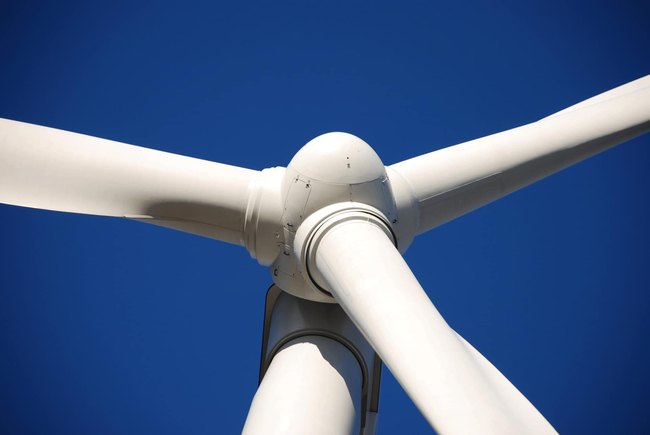
Electric heating keeps gears free of ice and snow
The second-highest energy expense item for owners of railway infrastructure in cold countries is for keeping points free of ice and snow.
The Blue Point system is a system for heating railway gear so it can be kept snow and ice free. The system accounts for the relationship between precipitation, temperature and wind to control the heating.
Built-in weather forecasts
The system receives a weather forecast every hour for the next 1-3 hour interval. This means a local and accurate forecast for snow and frost. This feature can mean energy savings of up to 40%. The system also has built-in alarms, information on energy consumption, forced heating and more.
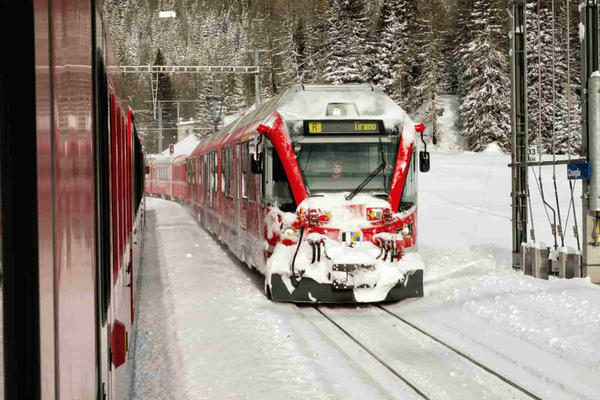
Fireplaces as the main heat source
The use of wood-burning stoves in Canada and the northern US is driven by real practical needs. People simply need to keep warm.
On a continent with much harsher winters than in Europe, apart from northern Scandinavia, a wood-burning stove is an important heat source for many people. For example, 350,000 households or 35% of non-urban households in the Canadian province of Ontario use wood as a heat source some or all of the time.
The difference between the continents can be understood best by comparing the product descriptions for some of Canadian company Regency’s products with that for one of NIBE Stoves’ bestsellers in the Nordic region, Contura 500. Regency’s stove sizes are given based on room size and using the BTU, British Thermal Unit, as a measure of output.
As they say in Canada, you light the fire in October and it burns until April.
%20F5100-B-1920x680.jpg)
Regency® Pro-Series F5100 Wood Stove, 80,000 BTU = 23 kW. You can now insert a 55 cm log, and a 40 kg load produces a burn time of up to 30 hours!
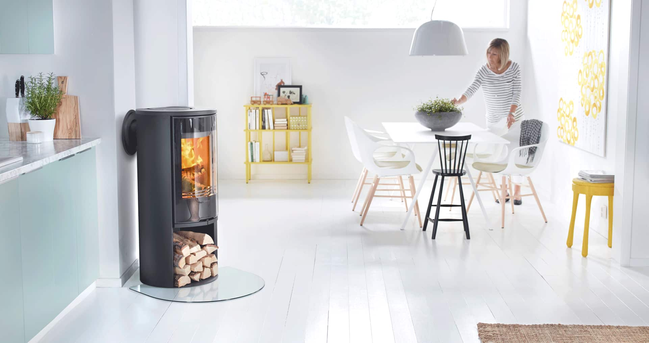
Nordiska Contura 500 has an output of 5 kW, can take 33 cm logs and has a burn time of 1-2 hours.

An article in the Toronto Star reflects the role of wood-burning stoves well:
“It’s the end of the working week and you still have a long walk home in the dark, with the wind throwing hard snowflakes, like pellets, in your face. But once home you can relax. With a cup of tea or a glass of wine and the ultimate in winter comfort, a log in a wood-burning stove.”

